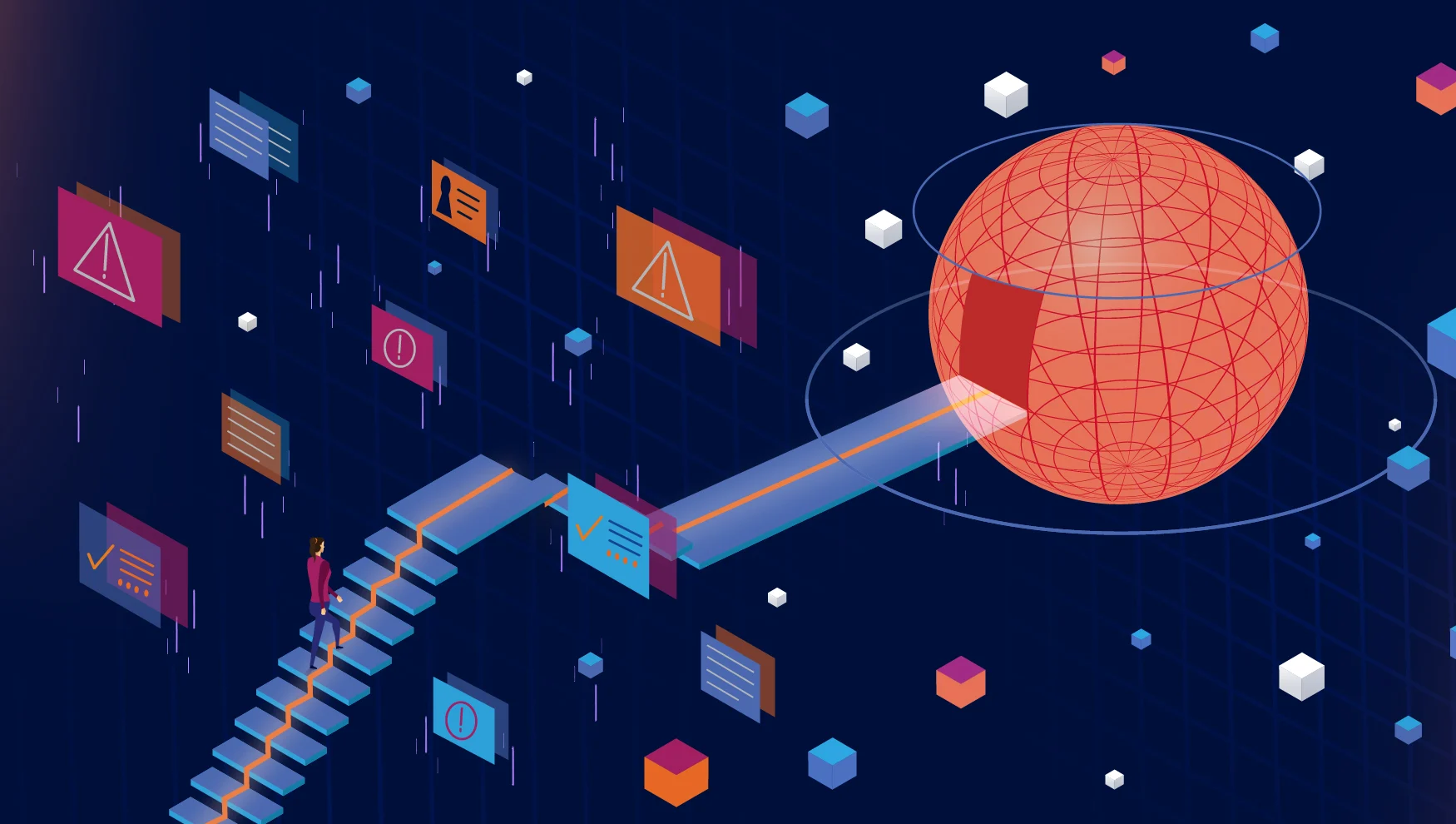The rise of AI undoubtedly brings changes to the design landscape, impacting various areas while leaving others relatively untouched.

Future of AI Driven Design
Let’s explore which areas might be affected and which ones are likely to endure: Areas Affected by AI:
Repetitive Tasks: AI excels at automating repetitive design tasks such as resizing images, generating mockups, and applying predefined styles. This automation can significantly reduce the demand for designers to perform mundane, low-value tasks.
Basic Graphic Design: AI-powered tools can create basic graphic designs, logos, and templates based on user inputs or predefined criteria. While these tools may not match the creativity and originality of human designers, they can produce acceptable results for certain applications.
Data Visualization: AI algorithms can analyze large datasets and generate visualizations such as charts, graphs, and infographics. This reduces the need for manual data processing and visualization design, particularly in data-heavy industries like finance and analytics.
Text Generation: Natural language processing (NLP) algorithms can generate content, including articles, product descriptions, and social media posts. While human input and editing may still be required for quality control, AI-driven content generation can streamline the writing process.
Layout and Composition: AI can assist in layout and composition tasks by analyzing design principles and suggesting optimal arrangements of elements. This can speed up the design process and help designers explore different layout options more efficiently.
AI Driven Design: Areas Likely to Survive
Creative Design: AI may assist in certain aspects of creative design, but human designers bring unique insights, emotions, and storytelling abilities that AI currently struggles to replicate. Creative design tasks that require innovation, originality, and emotional resonance are likely to remain in the realm of human expertise.
Strategy and Conceptualization: Designers play a crucial role in conceptualizing and strategizing design projects, understanding client needs, and translating them into actionable plans. AI lacks the contextual understanding and strategic thinking abilities required for these tasks, making human designers indispensable in this area.
User Experience (UX) Design: While AI can analyze user data and provide insights, human designers excel in understanding human behavior, empathy, and designing intuitive user experiences. UX design involves complex decision-making based on user research, usability testing, and empathy, areas where human expertise is irreplaceable.
Brand Identity and Storytelling: Building a brand identity and crafting compelling brand stories require creativity, authenticity, and human connection. Human designers are essential for capturing the essence of a brand, evoking emotions, and creating memorable experiences that resonate with audiences.
Complex Design Challenges: Design problems that involve ambiguity, creativity, and critical thinking are unlikely to be fully automated by AI. Human designers thrive in tackling complex challenges, thinking outside the box, and pushing the boundaries of design innovation.
In summary, while AI will undoubtedly reshape the design industry by automating certain tasks and processes, human designers will continue to play a vital role in areas that require creativity, empathy, strategic thinking, and human connection. Collaboration between AI and human designers can unlock new possibilities and enhance the overall quality of design outcomes.




